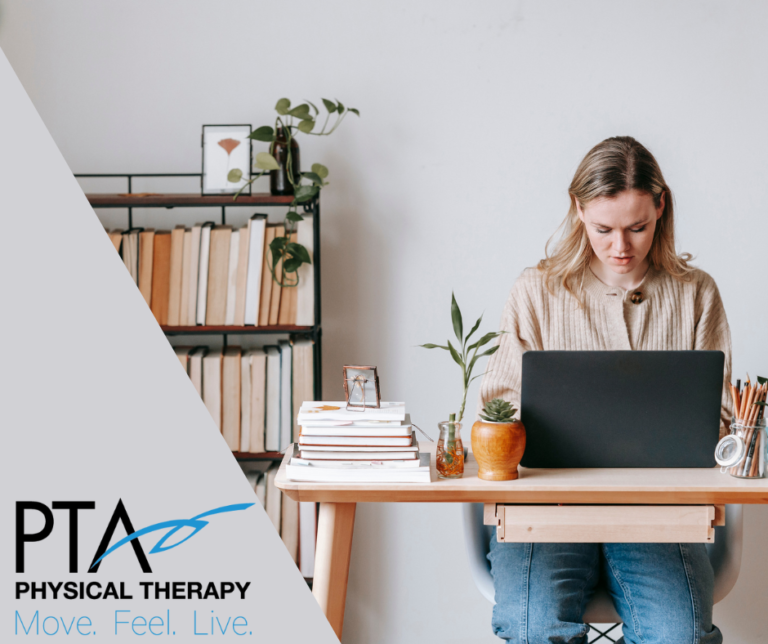Neck pain overview
Neck pain is a common phenomenon; about 30% of the United States population experiences it each year. Its causes are numerous, including work, playing sports, car accidents, falls, sleeping differently, and occasionally spine pathologies. It is commonly experienced by people between 30-50 years old, with more women reporting neck pain than men. If you have poor posture, are overweight, smoke, have a job that involves a lot of computer work or heavy lifting, or play contact sports, you are at an increased risk of neck pain. Depending on the muscles, nerves, or other structures involved, what starts as neck pain can spread further down your back, into your shoulders, and through your arms. The good news is that regardless of the cause, structures involved, or severity, it is likely that your physical therapist can help you with your neck pain.
Symptoms associated with neck pain
Besides causing a literal pain in your neck, you may also experience one or more of the following symptoms:
- Pain in your upper back, shoulders, arms, or hands
- Numbness or tingling in your neck, shoulders, arms, or hands
- Weakness in your arms
- Increased pain with coughing, sneezing, reaching, or sitting
- Inability to stand up straight
- Feeling stuck in a forward bending position
- Tight muscles
- Headaches
- Difficulty sleeping
Leave it to your physical therapist to help you decide which of these symptoms may be related to your neck! Through a series of questions as well as a movement examination, physical therapists are trained to determine which structures may be causing the pain. He or she will also be able to help you determine if you need to seek imaging for a potentially more serious issue. The sooner these issues can be addressed the better! You’ll end up saving yourself a lot of time, discomfort, and money if you seek care from your physical therapist sooner rather than later.
How can my PT help?
Research shows that physical therapy is better at relieving neck pain than either surgery or pain medications in many cases. With physical therapy, it’s possible to avoid these dangerous alternatives (and the associated costs). Your PT will work with you to determine the cause of your pain, address situations or habits that may be making it worse, and provide you with an individualized treatment plan to help you return to your normal activities. Although everyone’s physical therapy experiences will be different, your physical therapist will work with you to in the following ways:
- Reduce pain and symptoms: Activities may need to be briefly modified so that healing can begin. A variety of treatments including hands-on techniques, movements, exercise, and other technologies may be utilized to help with symptoms.
- Improve posture: If posture may be contributing to your pain, your PT will help make adjustments to alleviate discomfort.
- Improve motion, flexibility, endurance, and strength: Your PT will recognize limitations in any of these areas and help better the quality of your movements to decrease your symptoms. You likely also will be given some homework to address these areas.
As always, leading an active lifestyle, maintaining a healthy weight, quitting smoking, and using good body mechanics can help prevent neck pain. However, if you find yourself with some discomfort, see your physical therapist sooner rather than later. He or she will provide an individualized treatment plan to address your specific needs to help you move better, feel better, and live longer.
Source: https://www.choosept.com/symptomsconditionsdetail/physical-therapy-guide-to-neck-pain-57




